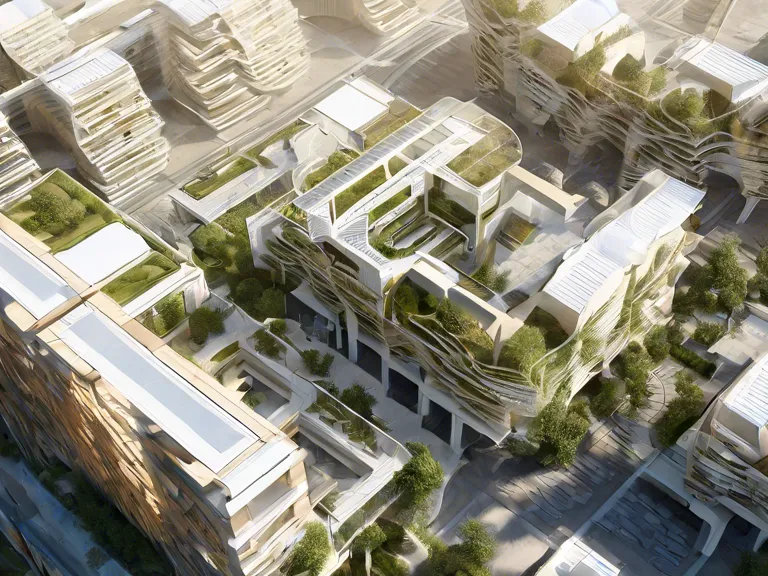
Urban design is rapidly evolving, and the future holds exciting new innovations in architecture. From sustainable building materials to smart technology integration, the cities of tomorrow are set to be more efficient, livable, and resilient. Let's explore how architecture is changing and shaping the urban landscapes of the future.
One of the most significant trends in urban design is the focus on sustainability. Architects are increasingly using eco-friendly materials in construction, such as recycled steel and bamboo. Green roofs and walls are also becoming more common, helping to regulate temperatures, reduce energy consumption, and promote biodiversity in urban areas.
Another area of innovation in architecture is the integration of smart technology. Buildings are being equipped with sensors and data analytics to optimize energy usage, improve safety, and enhance overall quality of life for residents. Smart grids and renewable energy sources are also being incorporated into urban planning to create more efficient and resilient cities.
The design of public spaces is also changing, with a growing emphasis on creating walkable, bike-friendly streets and vibrant community hubs. Plazas, parks, and green spaces are being designed to promote social interaction and improve mental well-being. Urban designers are also prioritizing accessibility and inclusivity, ensuring that public spaces are welcoming to people of all ages and abilities.
In addition to these trends, the future of urban design will likely see more modular and adaptable architecture. Prefabricated buildings and flexible designs will enable faster construction and easier adaptation to changing needs. This approach also allows for more efficient use of space in densely populated urban areas.
Overall, the future of architecture in urban design is bright, with innovations in sustainability, technology, public space design, and adaptability leading the way. As cities continue to grow and evolve, architects and urban designers will play a crucial role in shaping the built environment to meet the needs of residents and the planet.


